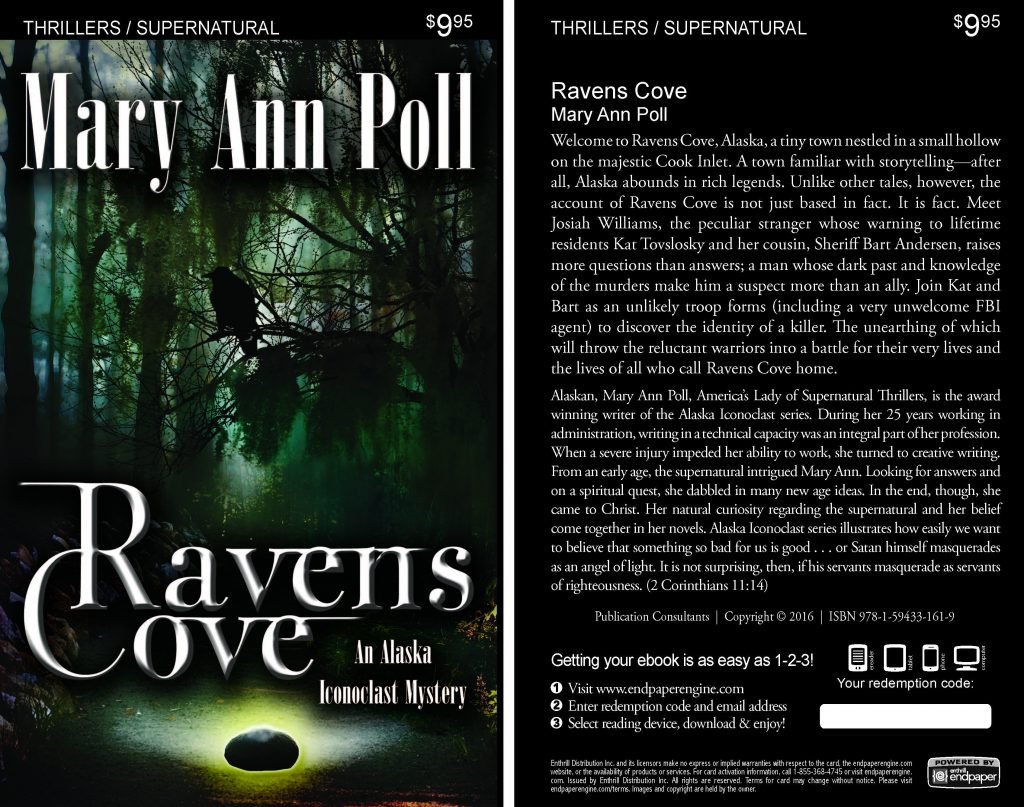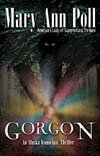In literature, fact and fiction often blur in the most unexpected ways. Every so often, a book will contain elements that later reflect real-life events in uncanny detail. Such is the case with the novella Futility, written by Morgan Robertson in 1898, a story that has earned its place as one of the most fascinating literary curiosities ever. Why? Because it eerily foretold the sinking of the RMS Titanic—a tragedy that wouldn’t happen until 14 years later. Let’s dive into the facts, quirks, and trivia behind this literary coincidence!
Robertson’s novella features a massive ocean liner called the Titan, heralded as the largest and most luxurious ship of its time. It was described as “unsinkable,” boasting state-of-the-art safety features, and carrying only a minimal number of lifeboats due to its perceived invulnerability. Sound familiar? The RMS Titanic, which set sail in 1912, was similarly dubbed unsinkable and famously lacked enough lifeboats to accommodate all its passengers.
But the similarities don’t stop there. The fictional Titan and the genuine Titanic met their tragic fates similarly—striking an iceberg in the North Atlantic. The Titan sank in April, and the Titanic’s collision happened on April 14, 1912. To make matters even more eerie, both ships were traveling at excessive speeds when disaster struck, and both sank, taking with them a large number of passengers due to inadequate lifeboats.
So, how did Robertson, a relatively obscure author, manage to predict these events so closely? The answer is likely less about supernatural foresight and more about his background and the zeitgeist of the time. Robertson had spent time as a sailor, and his knowledge of maritime technology and shipping trends informed much of his writing. By the late 1800s, ocean liners grew larger, faster, and more opulent. As shipping companies vied to outdo each other, it was easy to imagine a disaster scenario in which overconfidence led to catastrophe.
In other words, Robertson was more of an astute observer than a seer. He knew the industry was heading toward a hubristic peak, where engineering marvels would be pushed beyond their limits. The novella’s title—Futility—reflects this theme of human pride and the fragile balance between innovation and disaster.
Interestingly, the novella’s original title was Futility: The Wreck of the Titan. After the Titanic sank in 1912, subsequent reprints of the novella drew attention to the astonishing similarities between fiction and reality, and the story’s title was shortened to simply Futility. While the tale of the Titan predates the Titanic by over a decade, it’s hard not to be amazed by how close Robertson’s fictional disaster came to predicting the real thing.
Of course, there are some critical differences between the two ships. The fictional Titan was shorter than the Titanic, measuring 800 feet compared to the Titanic’s 882 feet. The Titan also carried 3,000 passengers, while the Titanic carried about 2,224. But the differences are overshadowed by the striking similarities in the circumstances of the sinkings.
The fact that Futility so closely mirrors the Titanic’s fate has made the novella a popular subject for trivia buffs and literary enthusiasts alike. It’s one of those stories that feels too bizarre to be true—but it is! And it is a fascinating case of life imitating art (or vice versa).
Beyond its connection to the Titanic, Futility touches on themes of arrogance, technological overreach, and nature’s unpredictability—all themes that resonate today as much as they did in Robertson’s time. The novella’s message, wrapped in what could almost be considered prophetic details, is that human ingenuity is not invincible. Nature, in all its unpredictability, will always have the final say.
In the years since the Titanic disaster, Futility has taken on a life of its own, moving from obscurity to a must-read curiosity for anyone fascinated by historical coincidences. Robertson wrote other books, but none has achieved lasting notoriety as Futility—largely thanks to its eerie connection with history’s most famous maritime tragedy.
So, next time you’re looking for a fun piece of literary trivia to impress your friends, remember the story of the Titan. Whether it was a stroke of eerie coincidence or a sharp prediction of the inevitable, Morgan Robertson’s novella has earned its place as one of the most curious coincidences in the annals of literature.
Futility may have been just a work of fiction. Still, its chilling similarities to actual events make it one of the most captivating stories for those who love trivia and history. Is fiction predicting the future? It’s not such a far-fetched idea after all!
We Don’t Want to Write the Laws; We Want to Publish the Books
Publication Consultants: The Synonym for Book Publishing—https://publicationconsultants.com




 This is Publication Consultants’ motivation for constantly striving to assist authors sell and market their books. Author Campaign Method (ACM) of sales and marketing is Publication Consultants’ plan to accomplish this so that our authors’ books have a reasonable opportunity for success. We know the difference between motion and direction. ACM is direction! ACM is the process for authorpreneurs who are serious about bringing their books to market. ACM is a boon for them.
This is Publication Consultants’ motivation for constantly striving to assist authors sell and market their books. Author Campaign Method (ACM) of sales and marketing is Publication Consultants’ plan to accomplish this so that our authors’ books have a reasonable opportunity for success. We know the difference between motion and direction. ACM is direction! ACM is the process for authorpreneurs who are serious about bringing their books to market. ACM is a boon for them. Release Party
Release Party Web Presence
Web Presence Book Signings
Book Signings Facebook Profile and Facebook Page
Facebook Profile and Facebook Page Active Social Media Participation
Active Social Media Participation Ebook Cards
Ebook Cards The Great Alaska Book Fair: October 8, 2016
The Great Alaska Book Fair: October 8, 2016


 Costco Book Signings
Costco Book Signings eBook Cards
eBook Cards

 Benjamin Franklin Award
Benjamin Franklin Award Jim Misko Book Signing at Barnes and Noble
Jim Misko Book Signing at Barnes and Noble
 Cortex is for serious authors and will probably not be of interest to hobbyists. We recorded our Cortex training and information meeting. If you’re a serious author, and did not attend the meeting, and would like to review the training information, kindly let us know. Authors are required to have a Facebook author page to use Cortex.
Cortex is for serious authors and will probably not be of interest to hobbyists. We recorded our Cortex training and information meeting. If you’re a serious author, and did not attend the meeting, and would like to review the training information, kindly let us know. Authors are required to have a Facebook author page to use Cortex. Correction:
Correction: This is Publication Consultants’ motivation for constantly striving to assist authors sell and market their books. ACM is Publication Consultants’ plan to accomplish this so that our authors’ books have a reasonable opportunity for success. We know the difference between motion and direction. ACM is direction! ACM is the process for authors who are serious about bringing their books to market. ACM is a boon for serious authors, but a burden for hobbyist. We don’t recommend ACM for hobbyists.
This is Publication Consultants’ motivation for constantly striving to assist authors sell and market their books. ACM is Publication Consultants’ plan to accomplish this so that our authors’ books have a reasonable opportunity for success. We know the difference between motion and direction. ACM is direction! ACM is the process for authors who are serious about bringing their books to market. ACM is a boon for serious authors, but a burden for hobbyist. We don’t recommend ACM for hobbyists.

 We’re the only publisher we know of that provides authors with book signing opportunities. Book signing are appropriate for hobbyist and essential for serious authors. To schedule a book signing kindly go to our website, <
We’re the only publisher we know of that provides authors with book signing opportunities. Book signing are appropriate for hobbyist and essential for serious authors. To schedule a book signing kindly go to our website, < We hear authors complain about all the personal stuff on Facebook. Most of these complaints are because the author doesn’t understand the difference difference between a Facebook profile and a Facebook page. Simply put, a profile is for personal things for friends and family; a page is for business. If your book is just a hobby, then it’s fine to have only a Facebook profile and make your posts for friends and family; however, if you’re serious about your writing, and it’s a business with you, or you want it to be business, then you need a Facebook page as an author. It’s simple to tell if it’s a page or a profile. A profile shows how many friends and a page shows how many likes. Here’s a link <> to a straight forward description on how to set up your author Facebook page.
We hear authors complain about all the personal stuff on Facebook. Most of these complaints are because the author doesn’t understand the difference difference between a Facebook profile and a Facebook page. Simply put, a profile is for personal things for friends and family; a page is for business. If your book is just a hobby, then it’s fine to have only a Facebook profile and make your posts for friends and family; however, if you’re serious about your writing, and it’s a business with you, or you want it to be business, then you need a Facebook page as an author. It’s simple to tell if it’s a page or a profile. A profile shows how many friends and a page shows how many likes. Here’s a link <> to a straight forward description on how to set up your author Facebook page.



 Mosquito Books has a new location in the Anchorage international airport and is available for signings with 21 days notice. Jim Misko had a signing there yesterday. His signing report included these words, “Had the best day ever at the airport . . ..”
Mosquito Books has a new location in the Anchorage international airport and is available for signings with 21 days notice. Jim Misko had a signing there yesterday. His signing report included these words, “Had the best day ever at the airport . . ..”



 The Lyin Kings: The Wannabe World Leaders
The Lyin Kings: The Wannabe World Leaders
 Time and Tide
Time and Tide


 ReadAlaska 2014
ReadAlaska 2014 Readerlink and Book Signings
Readerlink and Book Signings
 2014 Independent Publisher Book Awards Results
2014 Independent Publisher Book Awards Results

 Bonnye Matthews Radio Interview
Bonnye Matthews Radio Interview
 Rick Mystrom Radio Interview
Rick Mystrom Radio Interview When he published those overseas blogs as the book The Innocents Abroad, it would become a hit. But you couldn’t find it in bookstores.
When he published those overseas blogs as the book The Innocents Abroad, it would become a hit. But you couldn’t find it in bookstores. More NetGalley
More NetGalley Mary Ann Poll
Mary Ann Poll
 Bumppo
Bumppo
 Computer Spell Checkers
Computer Spell Checkers Seven Things I Learned From a Foreign Email
Seven Things I Learned From a Foreign Email 2014 Spirit of Youth Awards
2014 Spirit of Youth Awards Book Signings
Book Signings


 Blog Talk Radio
Blog Talk Radio Publication Consultants Blog
Publication Consultants Blog Book Signings
Book Signings



 Don and Lanna Langdok
Don and Lanna Langdok Ron Walden
Ron Walden Book Signings Are Fun
Book Signings Are Fun Release Party Video
Release Party Video
 Erin’s book,
Erin’s book,  Heather’s book,
Heather’s book,  New Books
New Books